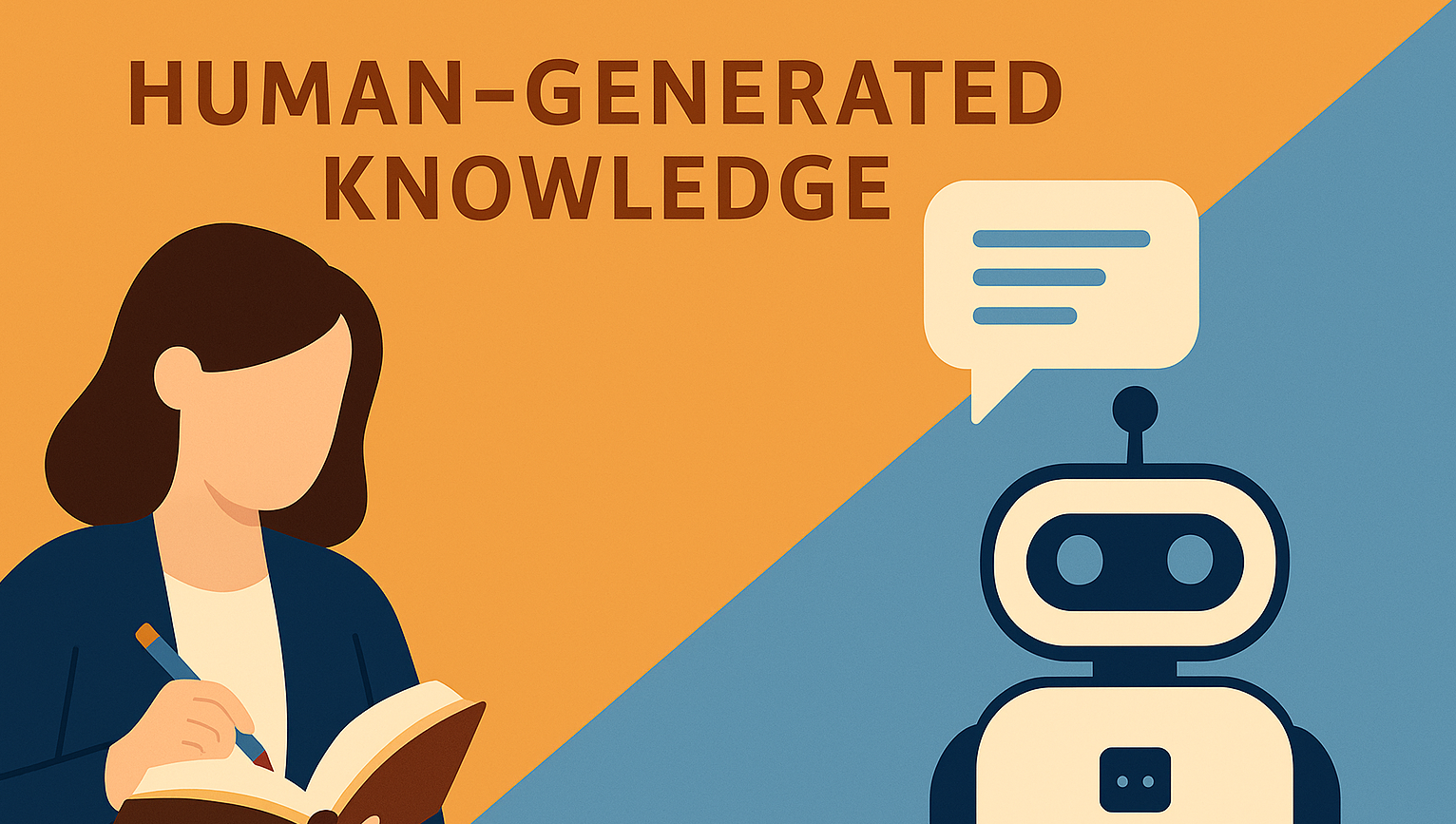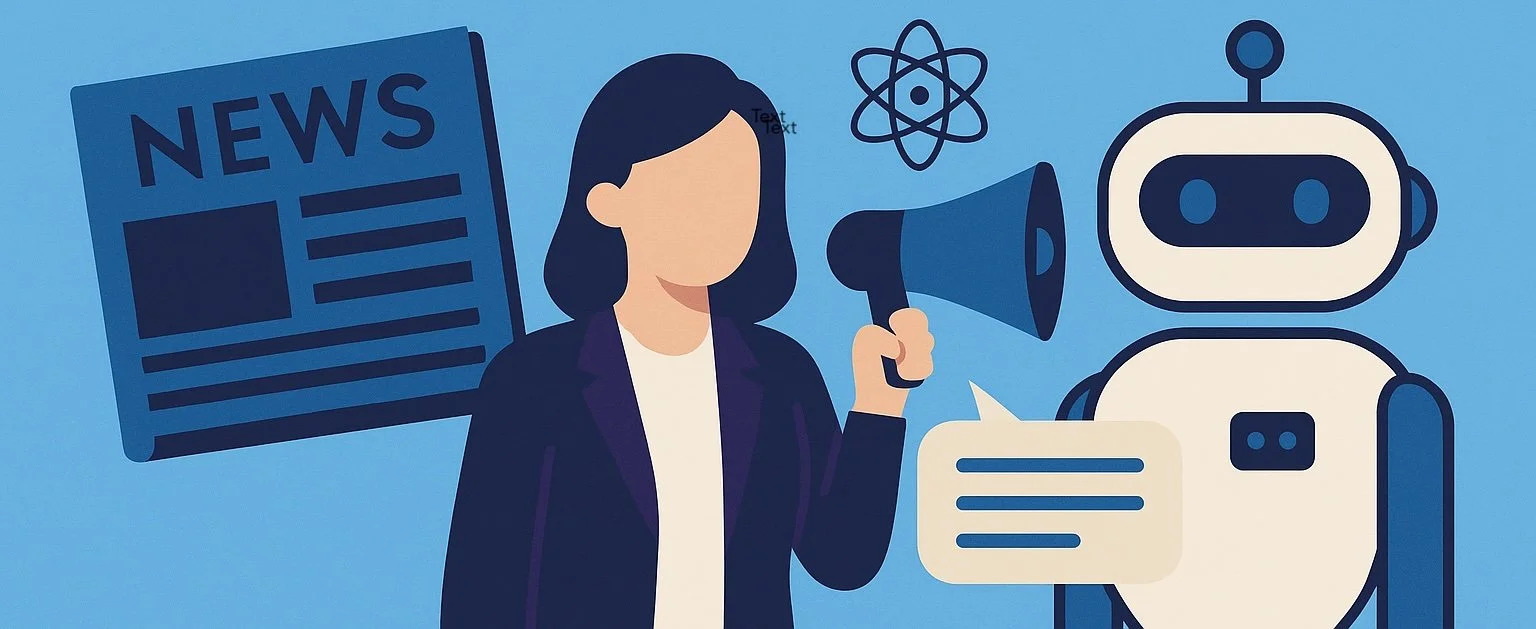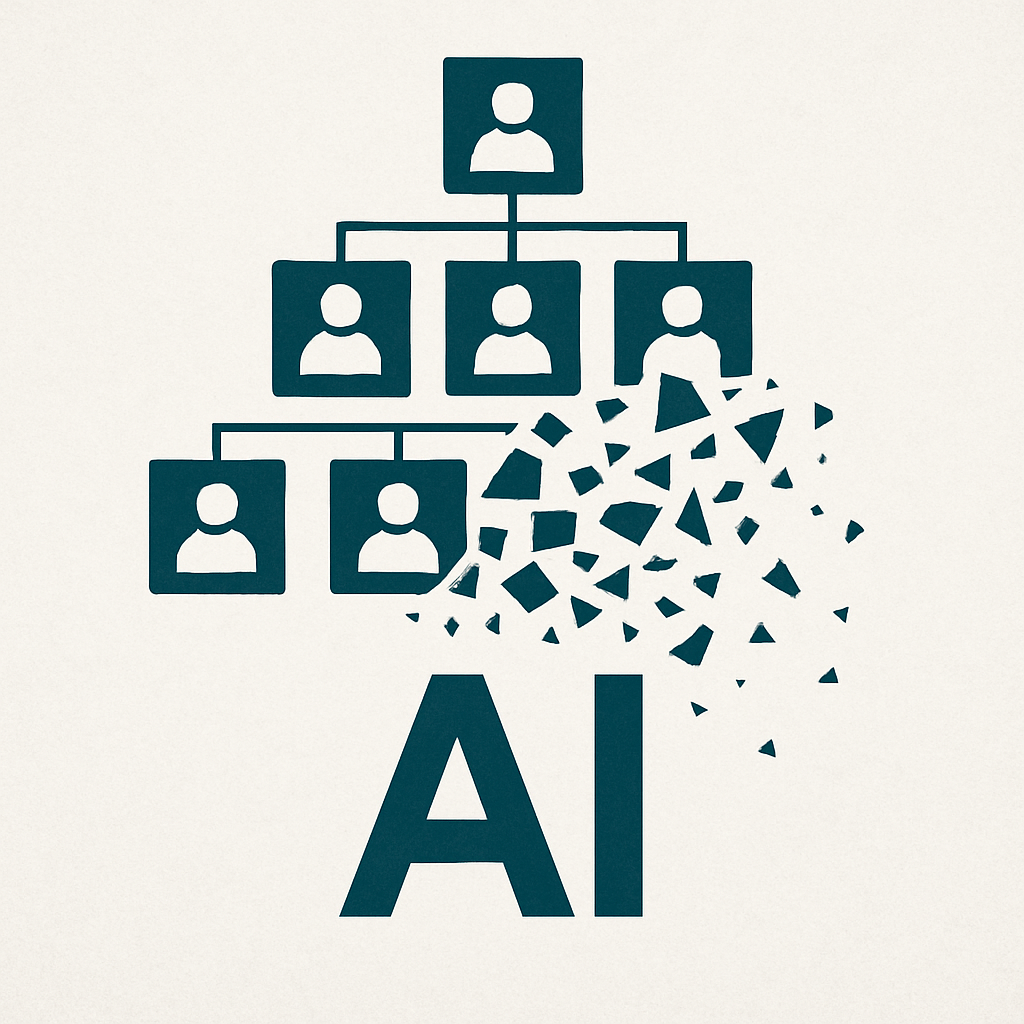





Stop asking if AI wrote it. Start asking: Will AI read it?
While we debate whether AI should create content, we're missing the bigger question: will AI actually read it?





Why comms is in denial about AI (and what happens next)...

While we debate whether AI should create content, we're missing the bigger question: will AI actually read it?